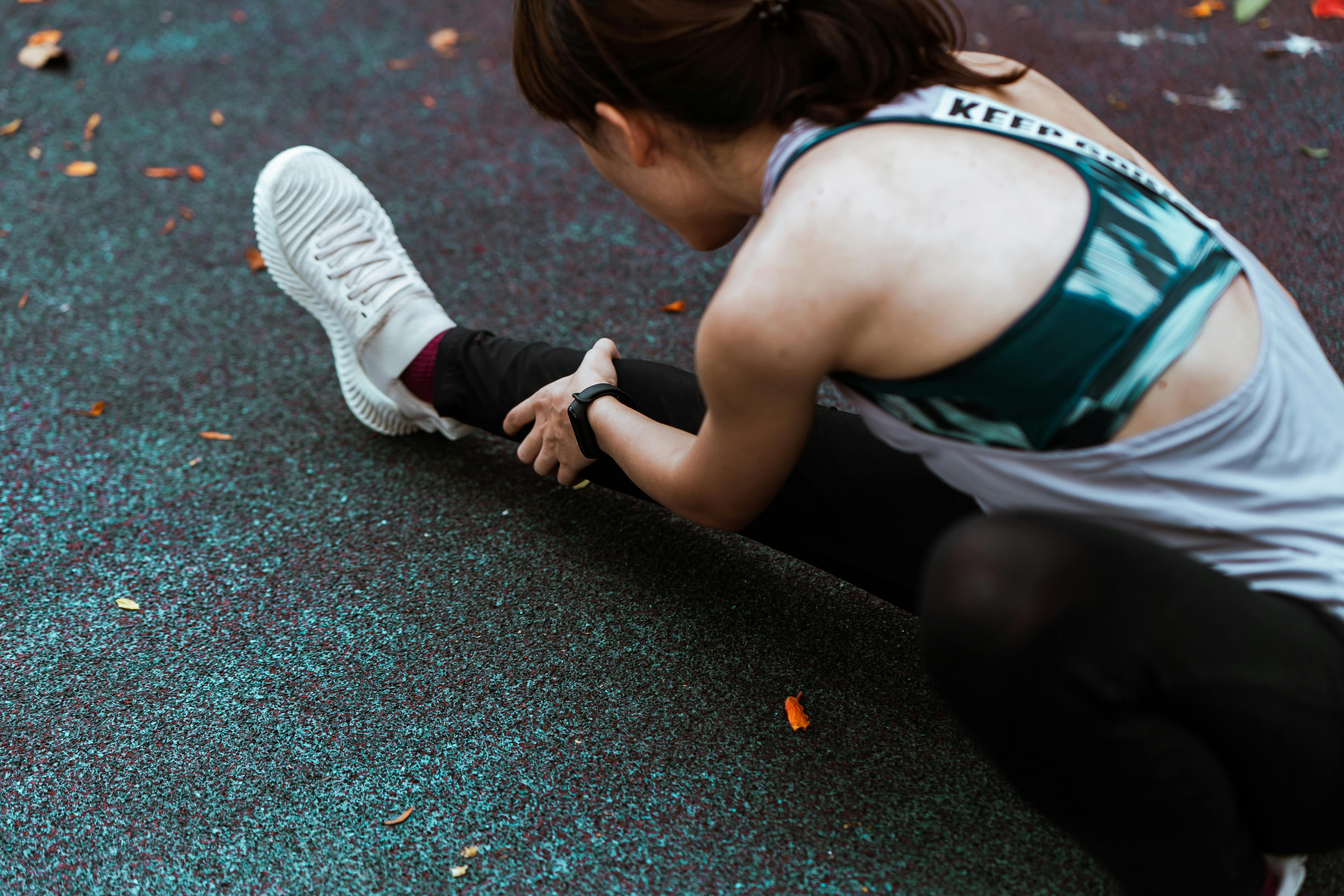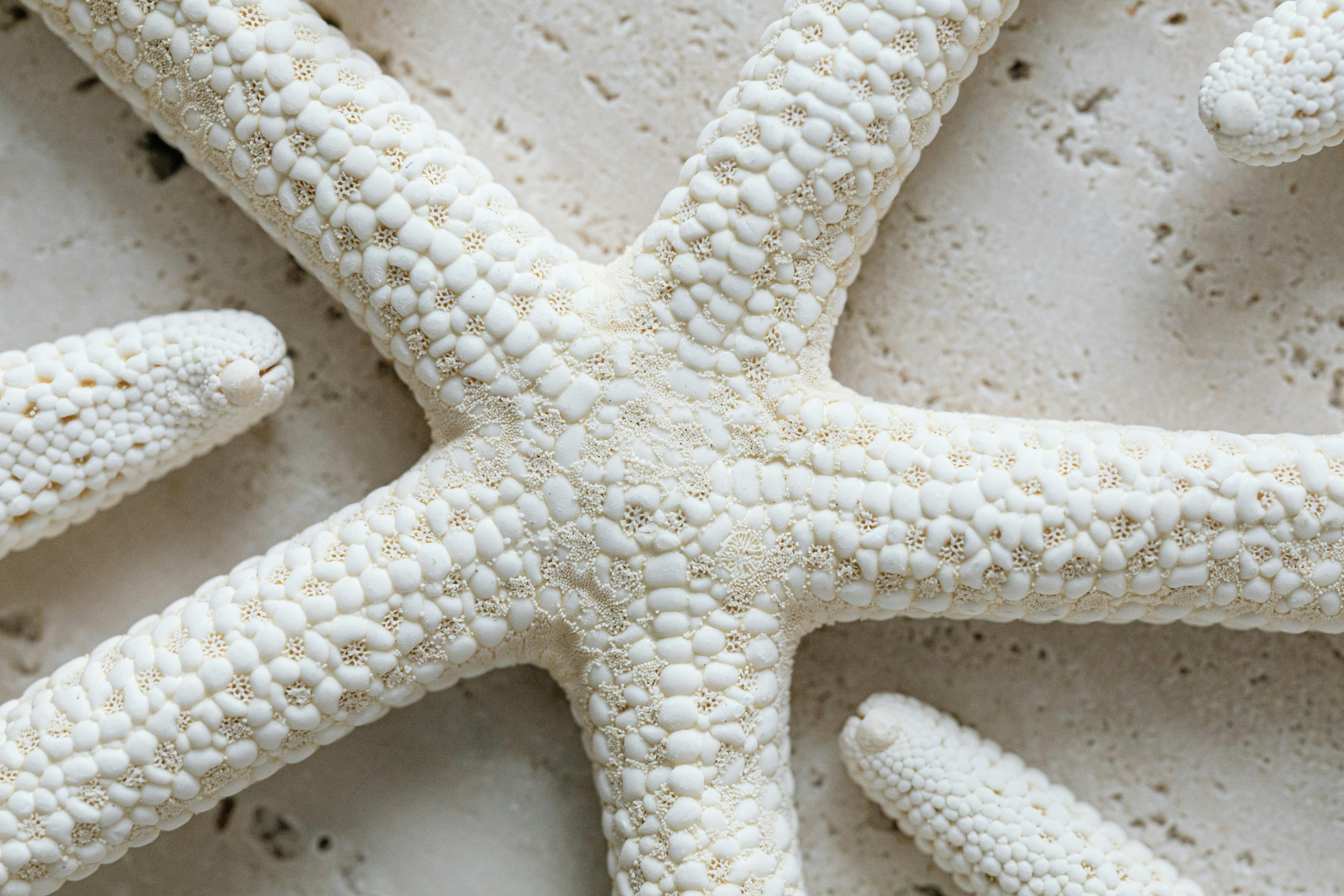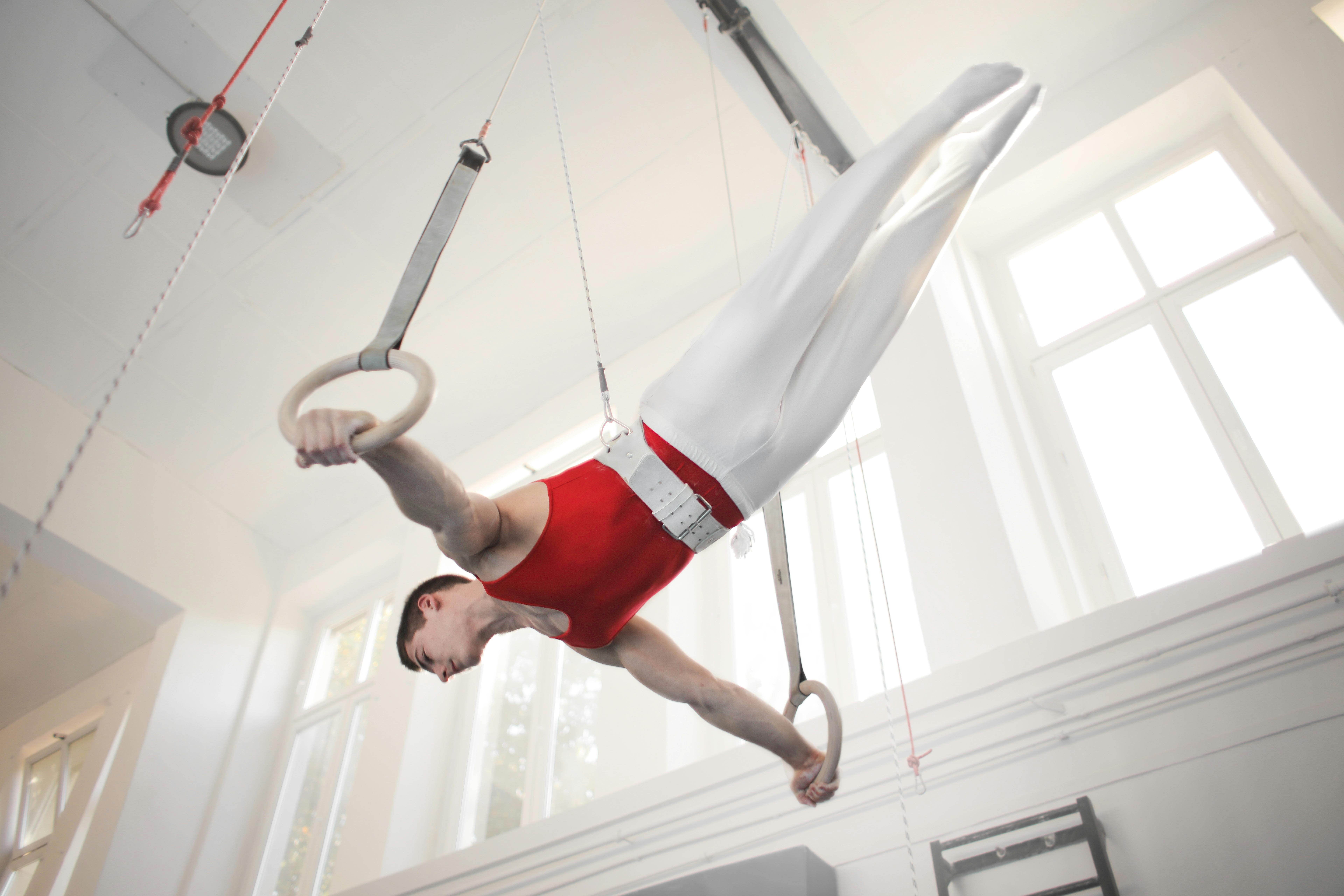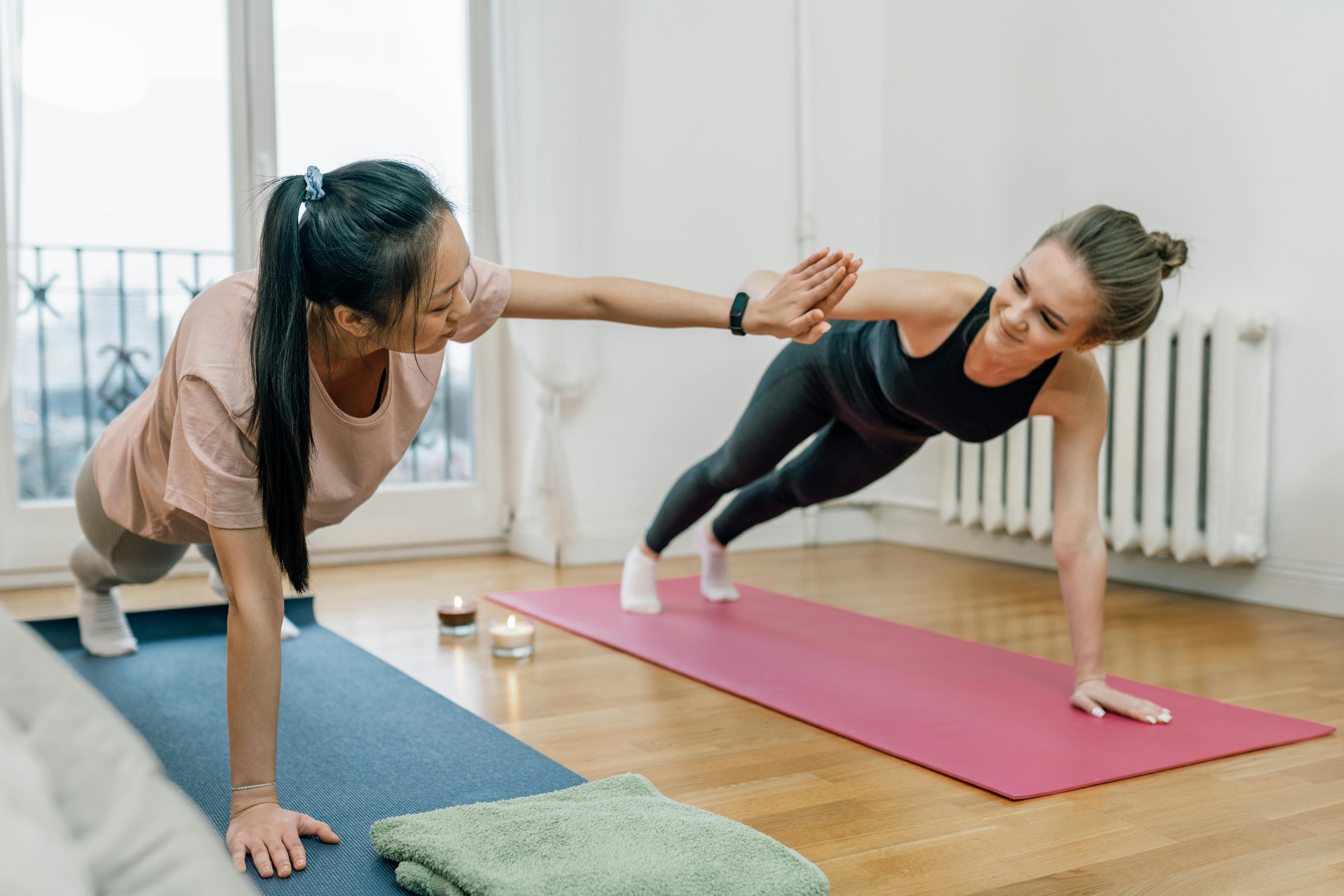Traditional treadmills can cause damage to the lower half of the body due to the high impact pressures placed on them during running; the shock is transferred through the feet, legs, and legs and spine. Many runners sustain knee and back injuries, and problems can arise in the future if proper precautions are not taken.
Stair climbing equipment helps shape and tone certain muscles, but works very little on other aspects of the body and your fitness. A similar situation is found with bicycle training, which concentrates the resistance solely in the legs. Unless some effort is made to exercise other muscle groups (such as lifting weights while driving), no additional benefit will be obtained.
Elliptical trainers allow the user to focus on several different muscles during a workout; it’s hard to think of another type of exercise that benefits you in so many different ways. Certainly an elliptical trainer is preferred over treadmills, stair climbers, and bicycles when it comes to a complete workout.
Doctors take note of the full body cross training exercise that the elliptical trainer provides. A common misconception is that ellipticals divide the body into two separate and distinct groups of muscles when used, but that’s not really the case. The fluid exercise movement provided by an elliptical workout means your muscles work together, complementing each other and providing a full body workout. The resulting exercise is more natural, more comfortable, and more effective for the entire body.
The muscles of the upper body are brought into action due to the skiing motion of the upper handles connected to the pedals of the machine. The shoulders (deltoids) and chest muscles (pectorillis major – pectoralis) work together with the back of the upper arms (triceps) and the front of the arms (biceps) to push and pull the handles with a rhythmic movement.
The main resistance offered by the elliptical is for the legs, and as such, larger muscles such as the hips (gluteus maximus), the front of the thighs (quadriceps), and the back of the thighs (hamstrings) are used together. . The body needs to be stabilized when on the elliptical, and the calves (gastrocnemius) and lower shinbones (anterior tibiae) provide this stabilization, thus exercising them in the process.
Other muscles affected are the ‘obliques’, the stabilizing muscles that flank the abdominals (rectus abdominus), and once again, movement means that these muscle groups complement each other, along with the muscles of the back (latissimuss dorsi). , providing an effective full-body workout. body.




